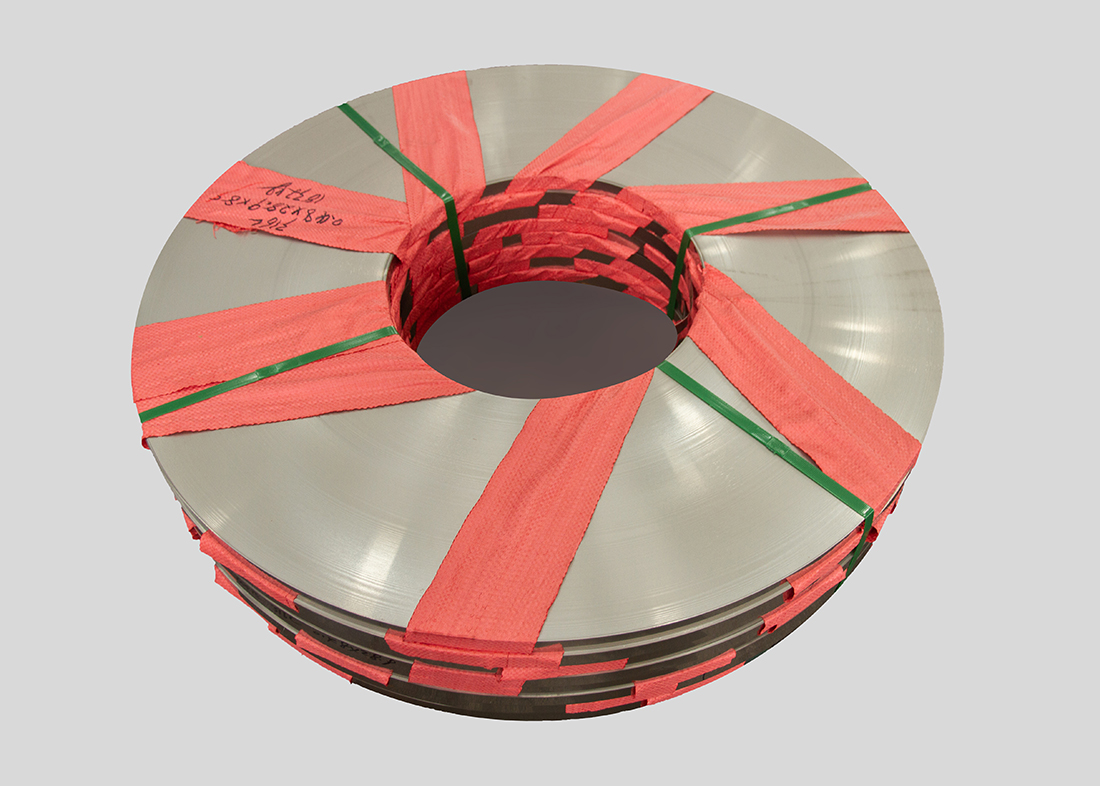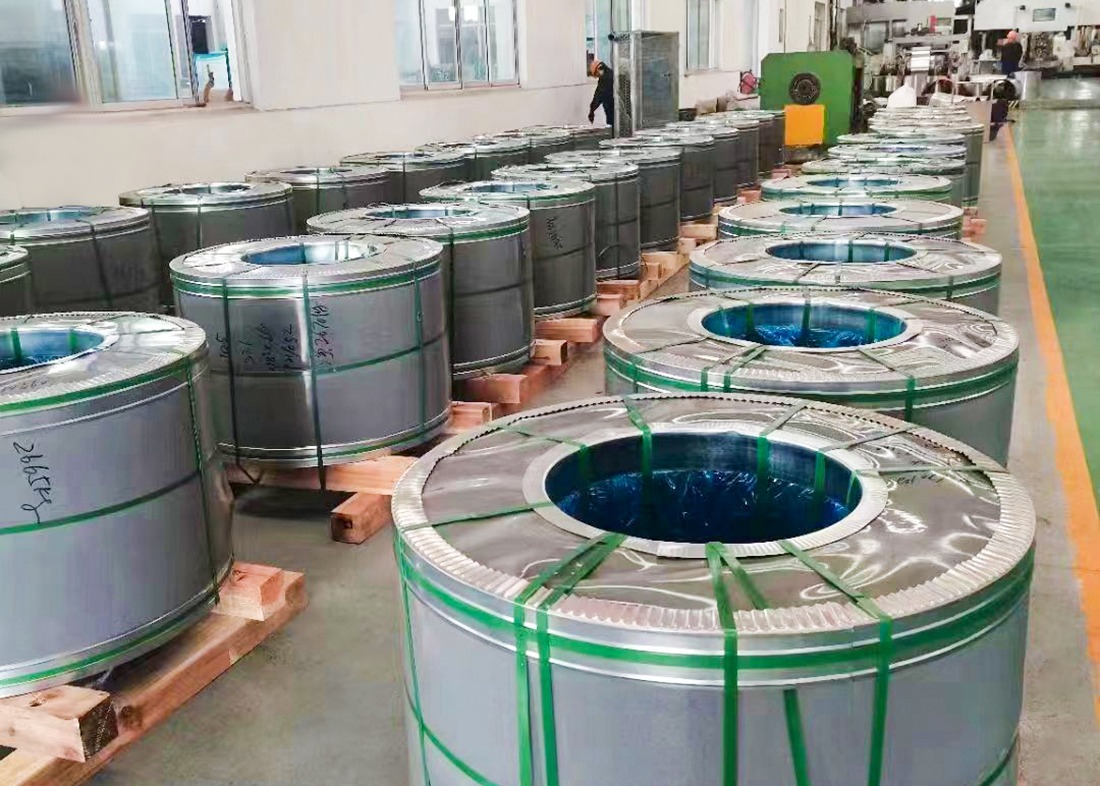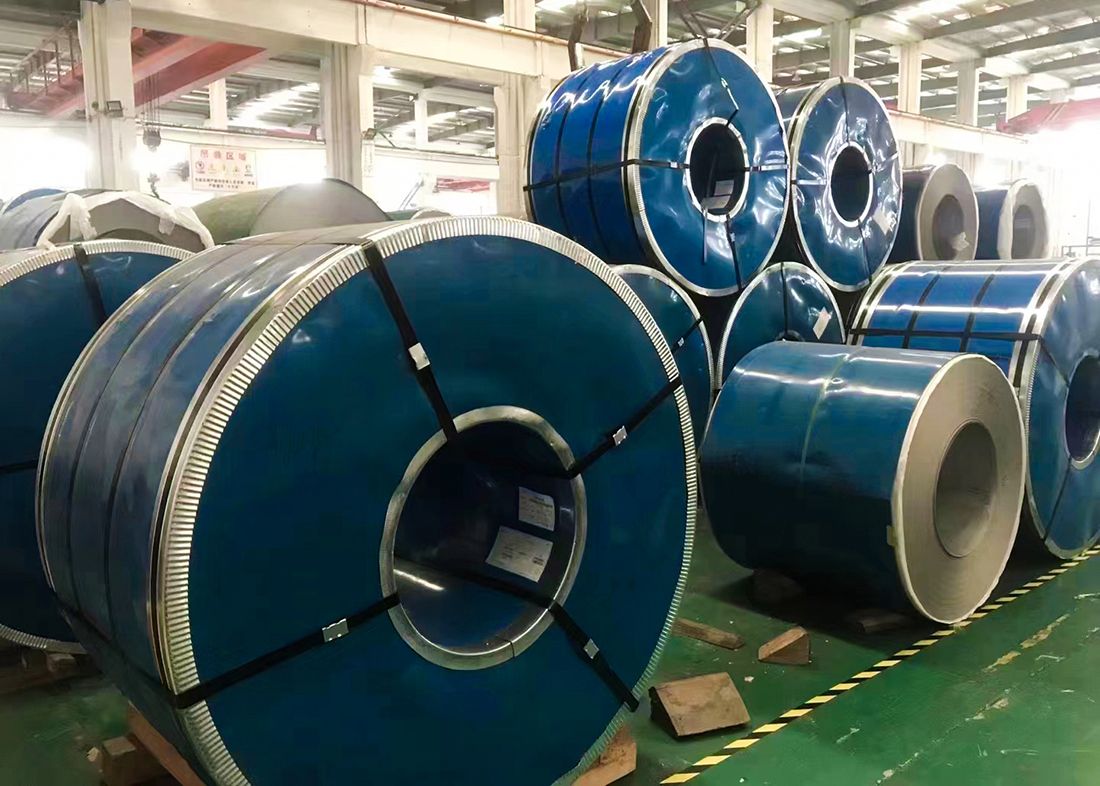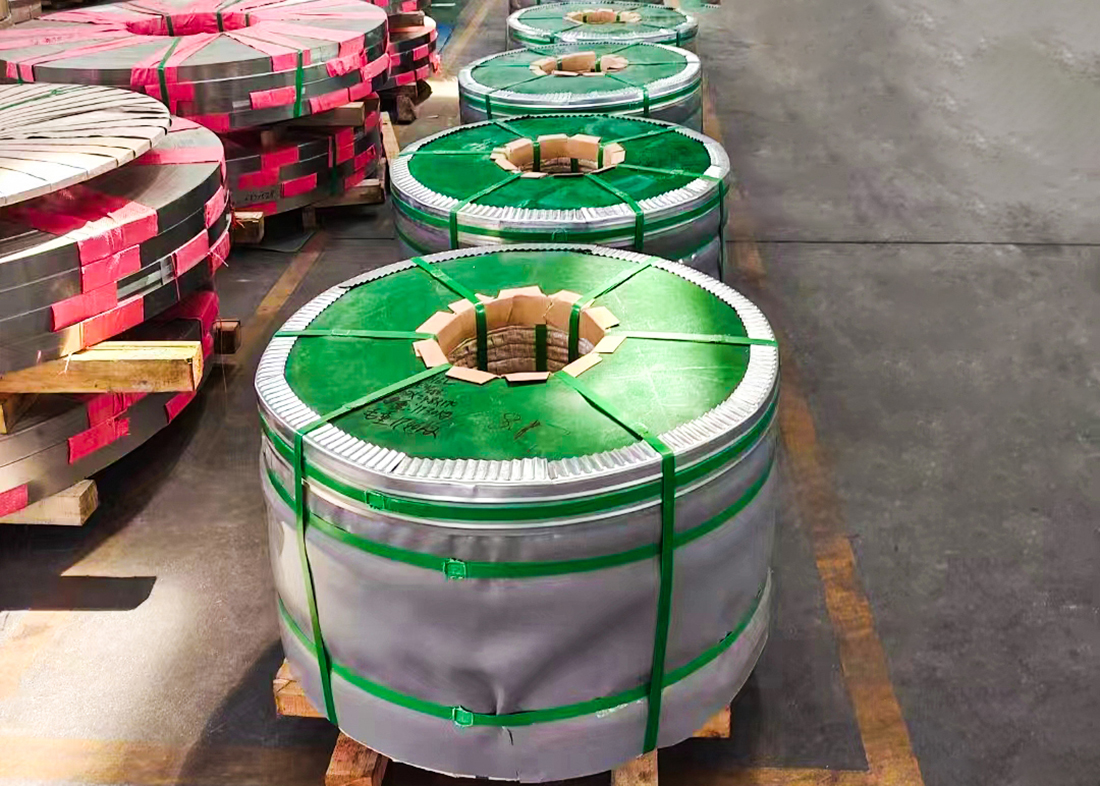
What should be noted during the transportation of stainless steel coils
source:www.chengguosheying.com | Release time:2025年05月06日1. Packaging protection
Stainless steel coils should be properly packaged before transportation. Generally, plastic film, oil paper, or specialized rust proof packaging materials are used for wrapping to prevent erosion from dust, rain, and other factors during transportation.
For stainless steel coils with high surface requirements, such as mirror stainless steel coils, buffer materials, such as foam plates, sponges, etc., need to be added in the packaging to prevent collision between coils or between coils and transportation vehicles from scratching the surface.
2. Loading and fixing
When loading, ensure that the stainless steel coil is placed smoothly on the transport vehicle. For large stainless steel coils, it may be necessary to use specialized equipment such as cranes for loading and unloading. Attention should be paid to operating procedures to avoid dropping or damaging the stainless steel coils due to improper operation.
Stainless steel coils should be firmly fixed on transport vehicles to prevent rolling or displacement during transportation due to vehicle bumps, braking, or turning. Stainless steel coils can be fixed inside the carriage using steel strips, wire ropes, or specialized fixtures. At the same time, cushioning materials such as wooden boards or rubber pads can be placed between coils and between coils and carriage walls to reduce friction and collision between them.
3. Environmental conditions
During transportation, it is necessary to avoid exposing stainless steel coils to damp and corrosive gas environments. If transported in rainy weather, waterproof canvas or canopy should be used to cover the stainless steel coil to prevent it from getting wet.
Try to choose transportation routes with good road conditions and avoid passing through areas with large amounts of dust or chemical pollution to reduce the possibility of surface contamination of stainless steel coils.
4. Prevent mixed loading
Stainless steel coils should be avoided from being mixed with other easily corrosive and rusting metal materials, such as ordinary carbon steel materials, to prevent electrochemical reactions caused by contact between different metals, which can lead to rusting of stainless steel coils.
Do not mix with corrosive chemicals, acidic or alkaline substances, etc., to prevent them from leaking and corroding the stainless steel coil.
5. Transportation safety
Transport vehicles should be equipped with necessary safety equipment, such as fire extinguishers, to cope with possible accidents such as fires.
Drivers should abide by traffic rules, drive steadily, avoid sudden braking, sharp turns and other intense operations to ensure safety during transportation. At the same time, rest time should be arranged reasonably according to transportation distance and road conditions to avoid fatigue driving.
prev:
What are the specific differences in the use of s…
next:
Why is stainless steel strip used on doors and wi…
【Related articles】
【Related products】
+
 WeChat ID:www.chengguosheying.com
WeChat ID:www.chengguosheying.com

 WeChat ID:www.chengguosheying.com
WeChat ID:www.chengguosheying.com











 Add WeChat
Add WeChat
 Contact us
Contact us
 The phone
The phone